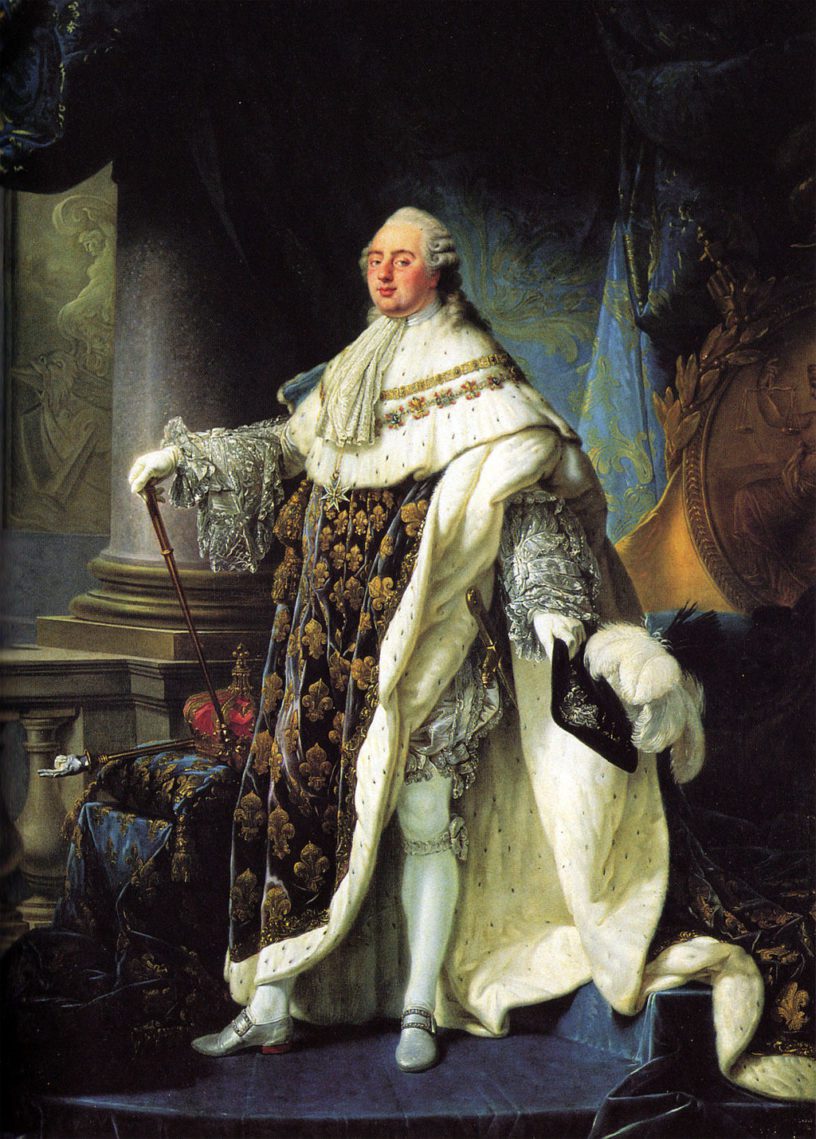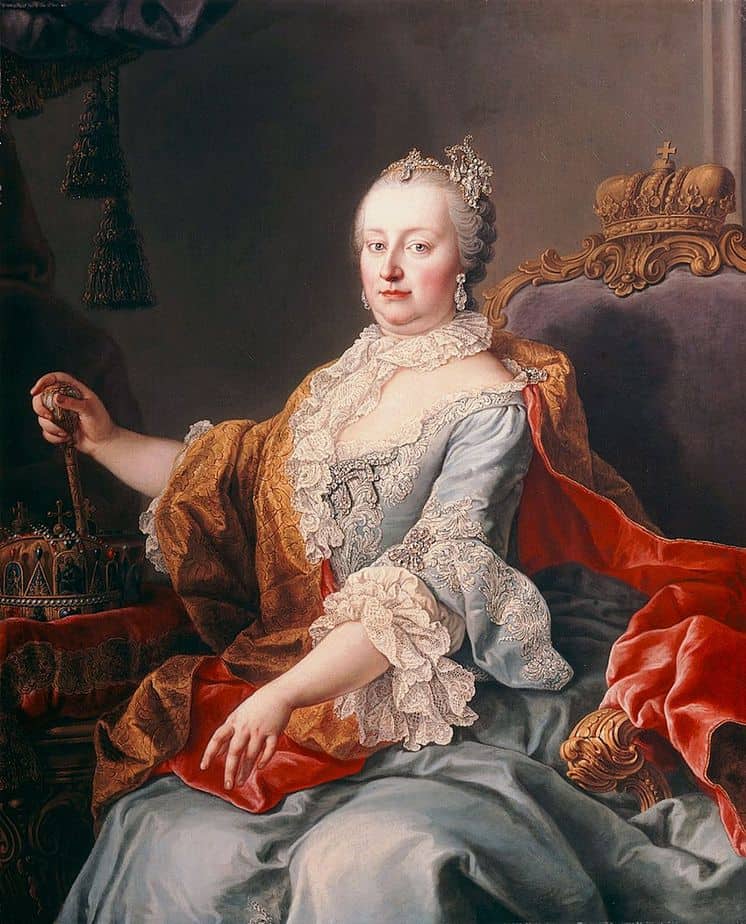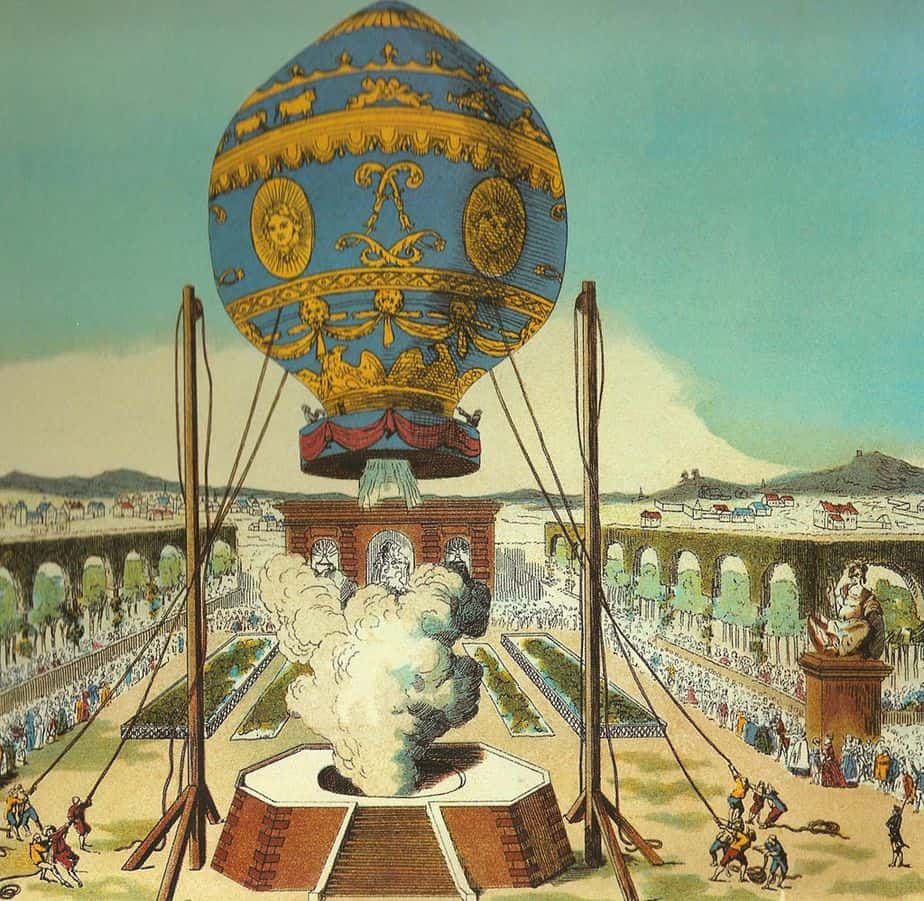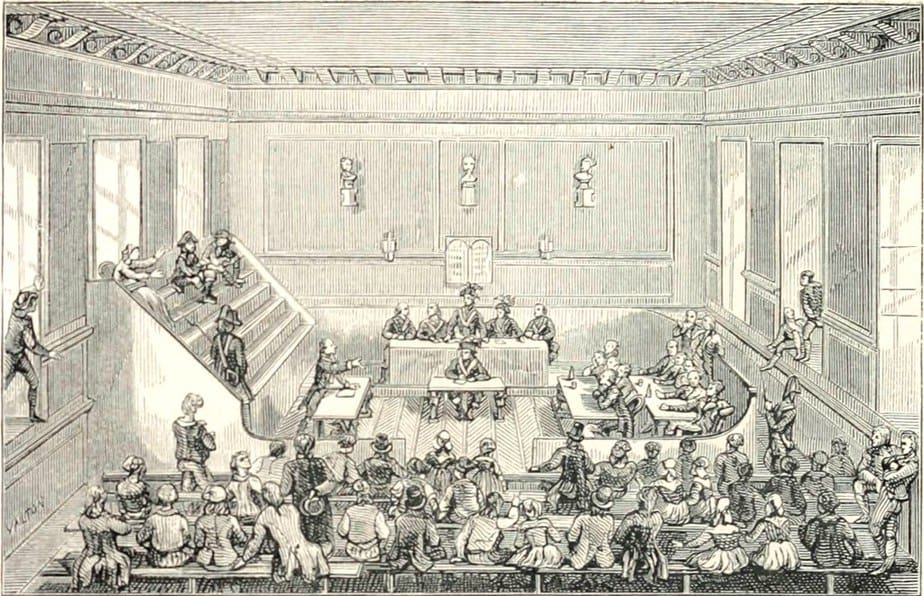Top 10 Facts about Louis XVI
One of the most famous monarchs of French history, Louis XVI is the last divine right absolute king who reigned on France before the French Revolution which was to cause the fall of the monarchy.
Originally not supposed to take the Throne, Louis XVI was Louis XV’s grandson. His father, as well as his older brother, were both supposed to reign before him in the line of succession. But the early death of the Dauphin, as well as the passing of his father four years later, were to change it all, like a sign from his fate. Louis-Auguste became Louis XVI, king of France, in 1774, upon his grandfather’s passing.
From the reign of Louis XVI are often remembered his execution or the Revolutionary period, and his posterity is often eclipsed by the reputation of his legendary wife, Marie-Antoinette. However, Louis XVI and his reign were of interest as well. Here are 10 anecdotes about the life of the last absolute monarch.
1. Louis XVI had a passion for locksmithing
Contrary to his predecessors, Louis XVI was very curious about the crafts and inventions of his time. Passionate about mechanical arts, Louis XVI loved locks and how they functioned. Discrete, the king loved to escape the heavy protocole of the Court and often retreated in a private room where he had anvils and tools set up so that he could make locks.
At the time, locksmithing was often considered an art as locks could be quite sophisticated and sometimes even hide secrets. Some locks required secret moves to be opened and those who didn’t know could be tricked by the mechanism which could block the lock or even handcuff the one trying to force it!
Once, his taste for locks proved useful to Louis XVI. A fire started in a small locked room located near his private room. Using his skills, he managed to pick the lock, and put out the fire, before it spread to the rest of the Versailles Palace.
During his entire life, Louis practiced locksmithing behind closed doors, hiding from those – especially his wife – who didn’t understand that a king could love such a vulgar activity. The fact that he made locks dressed as a worker probably didn’t help…
His taste for locksmithing fed many caricatures during the Revolution.
If you want to learn more about Louis XVI’s life and hobbies in Versailles, consider taking our day tour in Versailles !
2. Louis XVI’s mother in law helped the royal couple in their sex life
Like all kings, Louis XVI had a duty to ensure the continuity of the Dynasty, and give an heir to the country. To the surprise of all, however, it was reported that Louis XVI and Marie-Antoinette did not consummate their marriage, on their wedding night, as they were expected to. A genital malformation seemed to be the cause of Louis XVI’s incapacity to fulfill his duty.
What was first a trivial fact soon turned to the State matter. After months, the whole Court desperately expected a royal baby.
Surprisingly however, the one who was to most get involved in the matter, was none other that Marie Thérèse, Marie Antoinette’s mother. The king’s mother in law feared that her daughter be sent back to Austria, should the marriage never be consummated, and believed that such marriage annulment would prove terrible for diplomatic relations between France and Austria. To avoid that she decided to send her son to Versailles, in order to investigate the couple’s sex habits and try to advise them!
It took seven years for the marriage to be finally consummated…
Learn more about Marie-Antoinette in our article here.
3. Louis XVI and Marie Antoinette’s wedding ended with a deadly stampede
When he married Marie Antoinette, Louis XVI was still the Dauphin – that is the future king, heir to the throne. The marriage was decided to ease the tensions between France and Austria. During the wedding celebrations, however, one incident remained famous, and was seen as a token of bad fate for the royal couple.
To celebrate the new monarchy he planned on installing, Louis XVI decided to offer a huge fireworks display to Parisians. Launched from a podium on Louis XV Square (the current Place de la Concorde), the display unfortunately set the podium on fire. The panic quickly spread throughout the crowd and resulted in a stampede which caused nearly 130 casualties.
Very shocked by this event, the future king, Louis XVI, decided to help the victims’ families, using his own money, and meeting with the relatives of those injured or killed.
This incident profoundly marked the monarch, but also helped mold the image of a king close to his people.
4. The king was voluntarily inoculated with smallpox
In addition to crafts and mechanical arts, Louis XVI also cared a lot about medicine. Medicine in the 18th century had little to do with ours. Diseases were causing many deaths throughout the population including the royal family. As a child, Louis XVI saw his grand-father die from the smallpox, a very common disease at the time.
Following this tragedy, the Court started investigating leads from a new sort of knowledge, coming from abroad: the concept of vaccination. Indeed, it was noticed that those who survived smallpox once, never caught it a second time.
The king then decided to be inoculated – that is vaccinated – with smallpox. A very respected woman was chosen in Paris to donate pus which was to be used for the vaccination process. Despite the fears of the Court to see the king die from the intervention, the inoculation was a success and the king became an advocate of vaccination. Some of his children followed his example and were inoculated as well. Marie Antoinette did not do it however, since she was already exposed to smallpox as a kid, in Vienna.
5. Marie Antoinette played a joke on Louis XVI upon announcing her pregnancy
After the previously mentioned struggle to consummate their marriage, Queen Marie Antoinette finally got pregnant. The way she announced it to the king was quite funny.
Making use of her characteristic playfulness, Marie Antoinette decided to break the much-expected news as soon as the doctors announced her state to her. She went to the king with perceivable annoyance. When he asked what was going on, she told him that one of her subjects was bold enough to kick her in the stomach. After being taken aback by the news at first, Louis XVI finally understood and was delighted.
The king proved to be a caring father with all his children. Contrary to most monarchs who barely spent time with their kids, and left them in the custody of nurses, Louis XVI spent a lot of time with his children.
See more of Marie-Antoinette’s playfulness in these key movies about her.
6. Louis XVI vetted the very machine that was to beheaded him
Louis XVI was famously beheaded by a guillotine, after the Revolutionary Court accused him of being antinational. An ironical fact of history, however, was that Joseph Ignace Guillotin, the inventor of the guillotine, came to present his invention to the king in 1792. He depicted it as a solution against barbaric methods used in death penalty. At the time indeed, executions usually occurred with an axe, which often required many blows to properly kill.
Louis XVI told the inventor that he approved of this method. From his point of view, approving the guillotine was a humanistic gesture, avoiding convicts to suffer. As he approved of it, the king was far from foreseeing that this very invention would be the one beheading him, barely one year after meeting with Joseph Ignace Guillotin.
7. The first “manned” hot-air balloon flight was presented to Louis XVI
As I previously mentioned, Louis XVI loved the newer technologies of his time. Therefore, the Montgolfier brothers naturally presented their new invention to the King: the hot air balloon –which is called “a montgolfière” in French.
After an empty test-flight, the two inventors went to the King to complete the first manned flight in history. Since their invention was not totally ready, and to avoid a failure and potential fatalities, they decided that the flight would not take place with humans, but with animals. A sheep, a rooster and a duck were then placed in the balloon basket, and took the first “manned” flight! The balloon, heavily decorated with royalty symbols, successfully left Versailles before the whole Court and the King.
8. Louis XVI’s love for his people refrained him from stopping the Revolution
Stained with the violence of the Revolution, the end of Louis XVI’s reign left a sour image, with many beheadings and massacres. However, despite the social tensions, historians agree on the fact that the King himself never gave any order to shoot.
Even if such action could have put a sudden stop to the French Revolution, and could have changed the course of history, Louis XVI always refused to fire at the crowds. The constant refusal to violently repress demonstrations – which was a common way to deal with social unrest at the time – was perceived as a weakness and Louis XVI was soon seen as a King unable to make a decision. Trying to establish a strong proximity with his people, Louis XVI always refused to punish his people.
Yet, the people did not show gratefulness and Louis XVI was beheaded in January 1793. One would never know whether his peaceful attitude lead to the end of the French monarchy…
9. Members of his own family voted for the King’s death
After being arrested with his family and taken to the Temple Prison, King Louis XVI was tried in a Revolutionary Court. The very unfair trial was judged by the deputies of the National Convention. Mostly accused of compromising the People’s sovereignty and of antinational actions, Louis XVI was charged with 33 crimes.
673 of the 749 deputies voted that he was guilty, and the majority of the deputies decided that the court decision would not be subject to the People’s express approval, thus precipitating the sentencing of the King. The sentence was crystal clear: Louis XVI was sentenced to death.
However, it is quite surprising to note that, among the deputies who voted against the King, and for his death, were members of his own family. Most notably, his cousin Philippe “Egalité”, of House Orleans, voted in favor of his execution.
10. The King had his children swear to never avenge him
After the announcement of his sentence, Louis XVI decided to spend a moment with his Confessor. Then, he asked to spend a short time with his family, on the day before his execution. He had both his children still alive swear that they would never try to avenge his death. His son was the soon to be Louis XVII – who was to never reign – and his daughter was known as “Madame Royale”.
On the next day– which was the day of his death – the King refused to visit his family once more, by fear of inflicting them too-painful goodbyes.
Upon climbing into the carriage which was to take him to the current Place de la Concorde, the location of his beheading, the King removed his wedding ring and ordered it be given to his wife, insisting on how heartbroken he had been to remove it.
Then, Louis XVI walked up the stairs to the guillotine. He last tried to address the crowd to claim his innocence one ultimate time, but the generals had the drum sound to cover his voice. He never got a chance to be heard, for the blade ended centuries of Monarchy minutes later…
Probably one of the most famous French kings, Louis XVI is a major figure of the French Revolution, but he also is the most ambiguous one, for the public rarely truly knows much about him. Contrary to the often weak image that was transmitted of him, Louis XVI also profoundly impacted 18th century France and made major changes which are still visible today…
Planning a trip to Paris ? Get ready !
These are Amazon’s best-selling travel products that you may need for coming to Paris.
Bookstore
- The best travel book : Rick Steves – Paris 2023 – Learn more here
- Fodor’s Paris 2024 – Learn more here
Travel Gear
- Venture Pal Lightweight Backpack – Learn more here
- Samsonite Winfield 2 28″ Luggage – Learn more here
- Swig Savvy’s Stainless Steel Insulated Water Bottle – Learn more here
Check Amazon’s best-seller list for the most popular travel accessories. We sometimes read this list just to find out what new travel products people are buying.
















